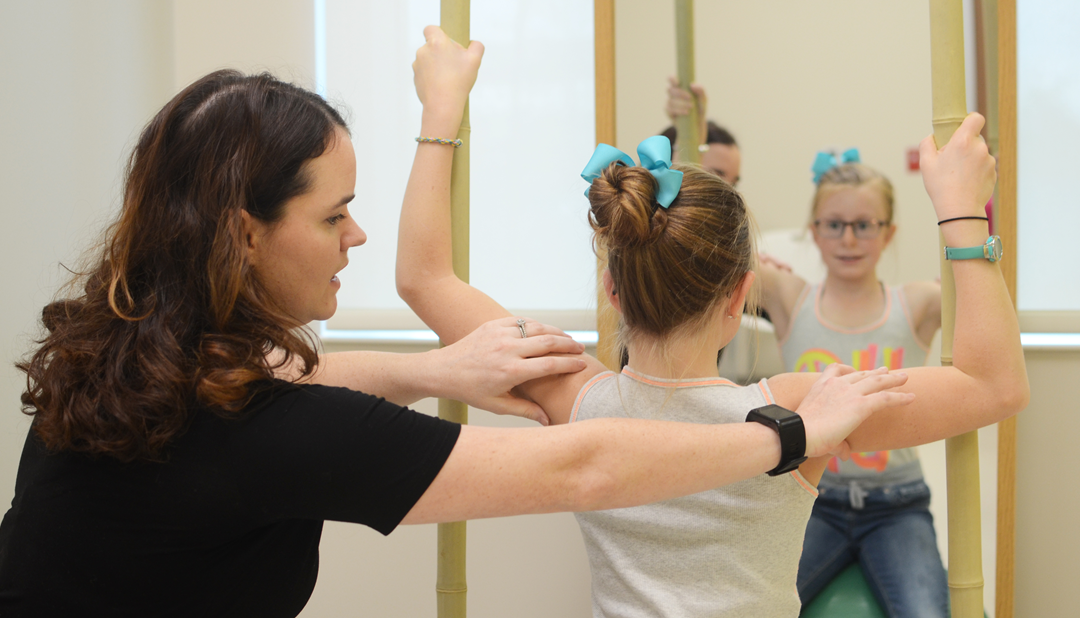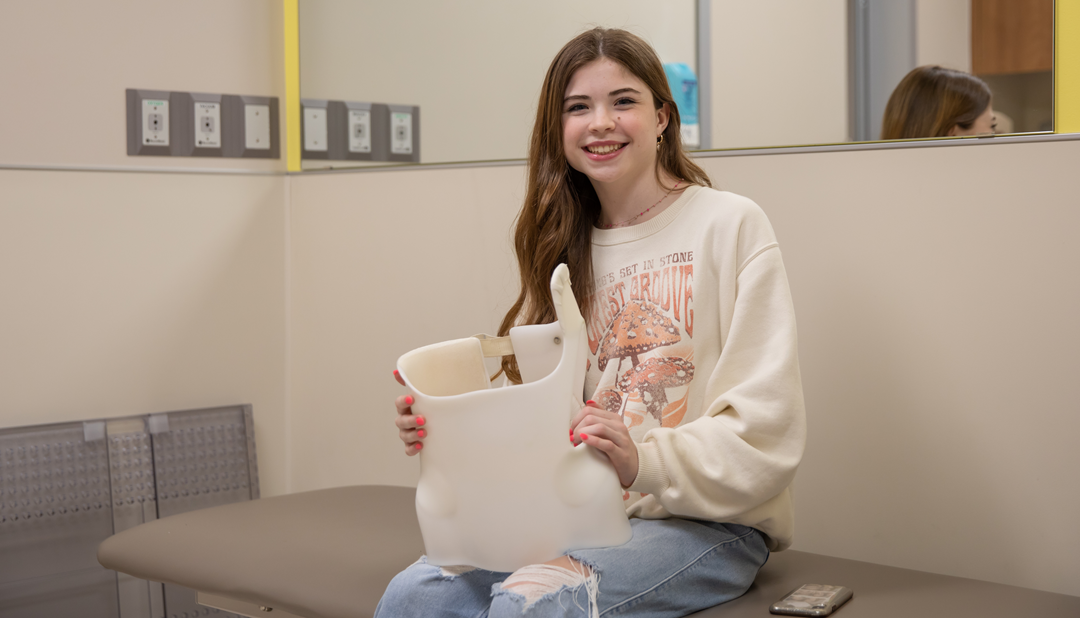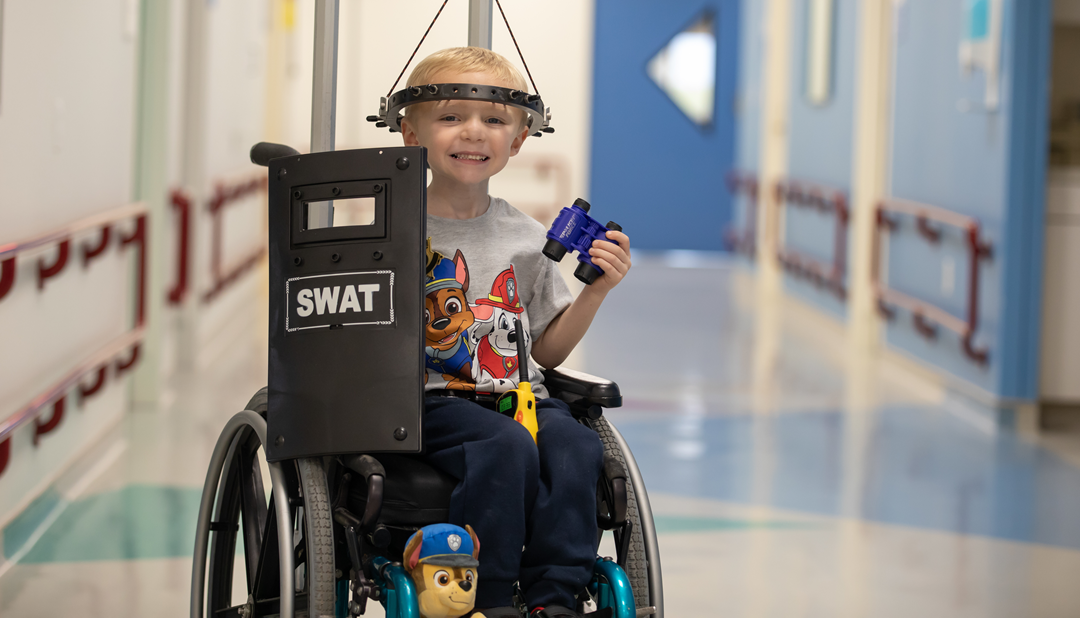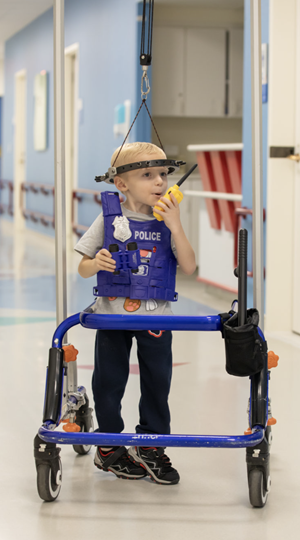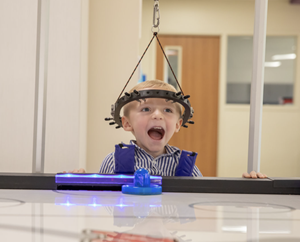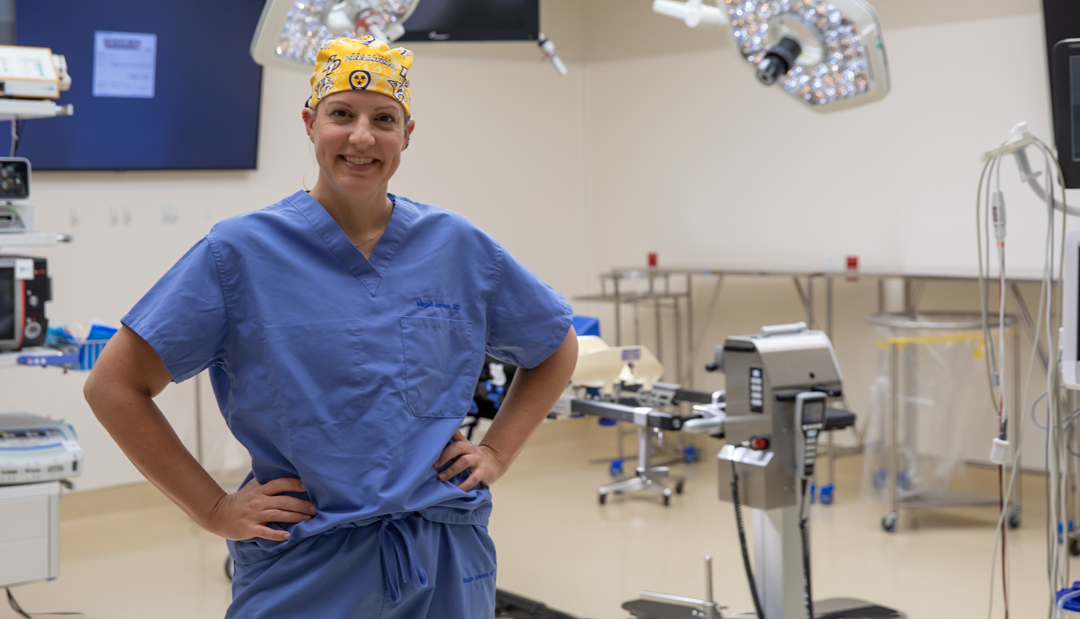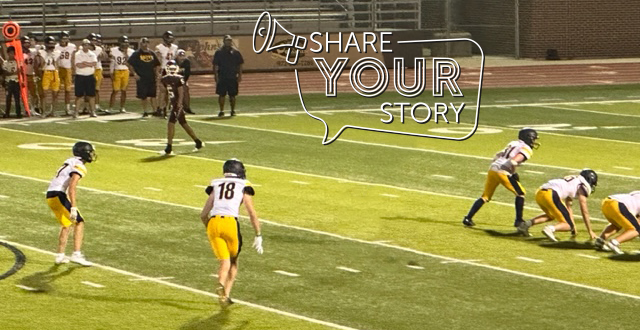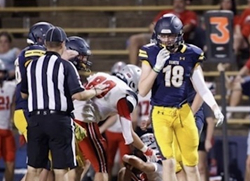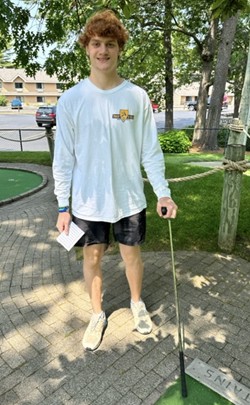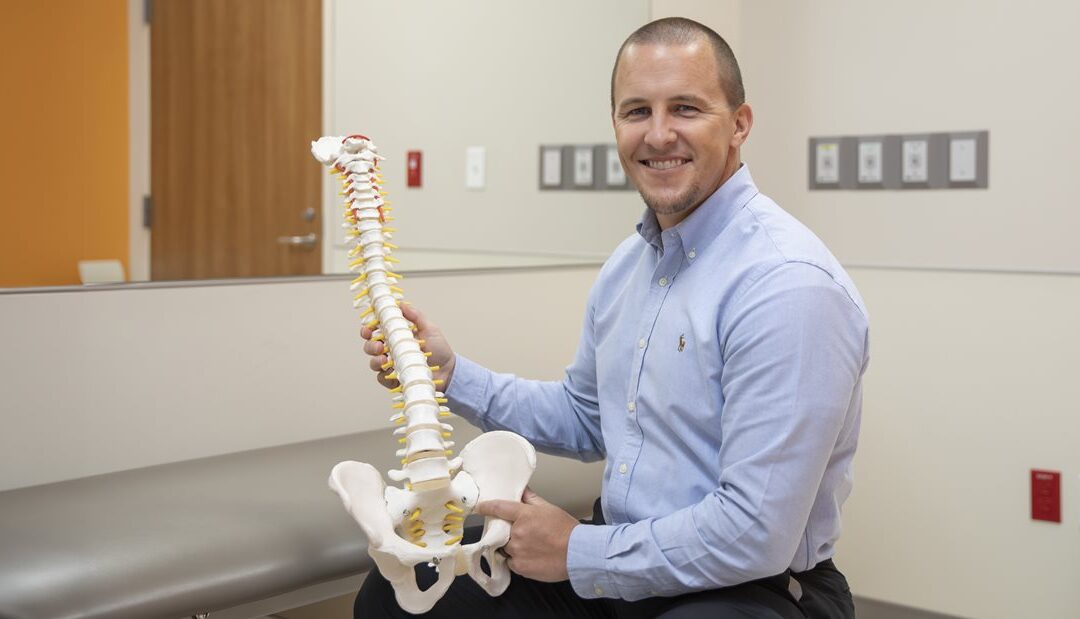
Let’s Be More Specific About “Non-Specific” Back Pain
This article was originally published in a 2021 newsletter for the Pediatric Society of Greater Dallas. Written by physical medicine & rehabilitation physician Jason R. Petrasic, M.D., FAAPMR
Watch Petrasic give a lecture on this topic a Navigating Back Pain in Adolescents. It should be no surprise that prevalence numbers for back pain in adolescence steadily increase with age and are nearly identical to that of the adult population by the age of 18. However, young patients and their parents are often surprised when formal evaluations of their insidious onset back pain symptoms yield unremarkable results. Then comes the common “diagnosis” that seemingly no one wants to hear: non-specific back pain. However, arguably this is not a diagnosis at all. The term suggests to the patient that there is no identifiable cause of their symptom. As a patient, or a parent, I want to be able to attribute the symptoms I’m feeling to a diagnosis and know there is an available treatment for my diagnosis. Furthermore, I want to know the underlying cause of my symptom or diagnosis so that I can potentially try to prevent its recurrence in the future. Clearly there are countless cases where a vague symptom or complex of symptoms is not associated with any obvious underlying diagnosis, but my suggestion is that adolescent non-specific back pain is more often a diagnosis of myofascial pain syndrome.
Pain is a subjective symptom, and, therefore, is influenced by a multitude of factors including actual tissue injury, previous experiences, mental health disorders, sleep quality, and central processing of pain signals. All of these can influence the intensity and duration of pain experienced from any underlying cause. In the absence of identifiable tissue injury, consider the possibility of unidentifiable tissue injury (i.e., at the cellular level) like the concept of delayed onset muscle soreness (DOMS) which is the typical muscle soreness, or pain, suffered after an intense bout of exercise in individuals not acclimated to such workouts. There may be a source of pain that is not a result of obvious structural injury and is not observable on currently available imaging modalities, nor is there a routinely used lab study to identify or screen for it. However, there may be a source of stress and tension on the supportive spine muscle(s) in a growing skeleton with disproportionally lower muscle strength, muscle endurance, and flexibility (or any combination of the three) involving key muscles that when the stress exceeds the back’s ability to support it the affected area becomes painfully symptomatic. This is most typical of myofascial pain syndrome where the problem lies at the muscle cellular level. Insidious onset neck, upper, or lower back pain are the most common presenting complaints with symptoms usually being described as intermittent and exacerbated by prolonged sitting and/or standing/walking. Rest or lying down often alleviates symptoms. Common exam findings include full range of motion of the affected area with or without tenderness to palpation, and bilaterally or asymmetrically tight hamstrings (best tested by checking popliteal angles with patient examined in the supine position with ipsilateral hip flexed to 90deg) and/or hip flexor muscles (best tested by performing the Thomas test).
Watch Petrasic demonstrate a thoracolumbar exam in an adolescent.
It is still key to consider more serious structural problems with the spine elements or muscles (or with other adjacent organ systems) when a thorough history, physical examination, and available lab or imaging studies suggests them, but when it is believed or confirmed that those problems are absent or much less likely, then myofascial pain syndrome should be more strongly entertained. This type of diagnosis offers both a long-term treatment, but often more importantly it also offers reassurance that something more serious is not developing or lingering. It should also be noted that myofascial pain syndrome can affect an adolescent competitive athlete seemingly just as easily as their more sedentary counterparts. Physical activities or competitive sports do not necessarily equate to adequate resistance training and stretching as is often assumed, especially in active, growing adolescents. Often kids involved in athletics put even more demand on their “core” and supporting musculature further exacerbating the deficit. A well-rounded, consistently, and persistently performed home exercise program is key to treating this problem along with emphasizing continued exercise and physical activity, and in some cases arranging for supplemental guidance by a physical therapist knowledgeable in spine/back care can help to optimize and accelerate recovery of more constant or severe symptoms.
Comfort level in diagnosing musculoskeletal conditions can often be understandably uneasy when musculoskeletal complaints are being fielded by primary care providers or specialists in other unassociated fields of practice. Myofascial pain syndrome is merely being suggested as a potentially likely benign diagnosis for an otherwise very common complaint that offers improved clarity to families and may help limit anxiety about what may be going missed or undiagnosed.
Learn more about Spondylolysis: A Common Cause of Back Pain in Young Athletes.
